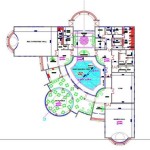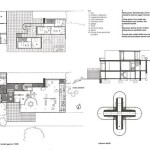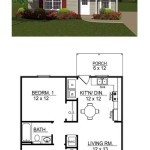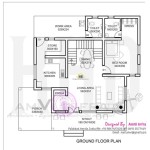Essential Aspects of Wood Pallet Building Plans
Building wooden pallets can be a rewarding and practical DIY project. By carefully planning and executing your project, you can create sturdy and durable pallets that meet your specific needs. Here are some essential aspects to consider when crafting your wood pallet building plans:
1. Determine Pallet Size and Capacity
Before designing your pallets, determine their intended use and the weight they will bear. Common pallet sizes include 48 x 40 inches and 42 x 32 inches. Consider the dimensions of the items you will be storing or transporting and choose a size that accommodates them comfortably.
2. Select Suitable Lumber
The strength and durability of your pallets depend heavily on the quality of the lumber used. Choose pressure-treated lumber that is resistant to moisture and decay for outdoor use. Hardwood species like oak or maple offer superior strength, while softwood options like pine or fir are more affordable. Ensure that the lumber is of uniform thickness and free from knots or imperfections.
3. Design the Stringers
The stringers are the horizontal support beams that form the base of the pallet. They determine the strength and load capacity. Use thicker and wider lumber for heavier loads. Place the stringers parallel to each other, ensuring they are perpendicular to the deck boards. Consider using metal reinforcement plates for additional support.
4. Plan for Deck Boards
The deck boards are the planks that form the top surface of the pallet. Choose boards that are of uniform thickness and have a smooth surface. Leave a small gap between the deck boards to allow for airflow and moisture release. Secure the deck boards firmly to the stringers using screws or nails.
5. Consider Bottom Boards
Bottom boards are optional but can provide added stability and prevent items from sagging through the deck boards. They are typically made from narrower lumber and are attached to the underside of the stringers. Bottom boards are particularly useful for pallets intended for heavy loads.
6. Choose Appropriate Hardware
Use sturdy screws or nails to assemble your pallets. Choose fasteners that are long enough to penetrate both the stringers and deck boards. Galvanized or stainless steel hardware is recommended for increased corrosion resistance.
7. Safety Precautions
Always wear appropriate safety gear, including gloves and safety glasses, when working with wood. Use sharp tools to ensure clean cuts and avoid splinters. Check for loose nails or screws before putting the pallets into use.
8. Finishing Touches
Once your pallets are assembled, you can apply a protective coating to extend their lifespan. Consider using a wood preservative or stain to protect against rot and moisture. You can also add grips or handles for easier handling.
By following these essential aspects, you can create sturdy and functional wood pallets that will meet your needs. Remember to carefully plan your project, use quality materials, and ensure proper assembly for long-lasting performance.

Pallet House Plans Arquitetura Design

8 Inch Thick Wall Pallet House Concept Tinyhousedesign In 2024 Plans Building

Diy Wood Pallets Ideas Best Tips Projects An Ultimate Guide

Free Pallet Playhouse Plan Diy Project Wooden Furniture Projects House

Diy Pallet Shed Plans

Pallet Playhouse Free Woodworking Plan Com

Pallet House Plans Houses Mainframe Review Building Wooden Projects

Diy Wood Pallets Ideas Best Tips Projects An Ultimate Guide

Build Diy Wood Pallet Shed

How We Built Our Pallet Playhouse By Kids








